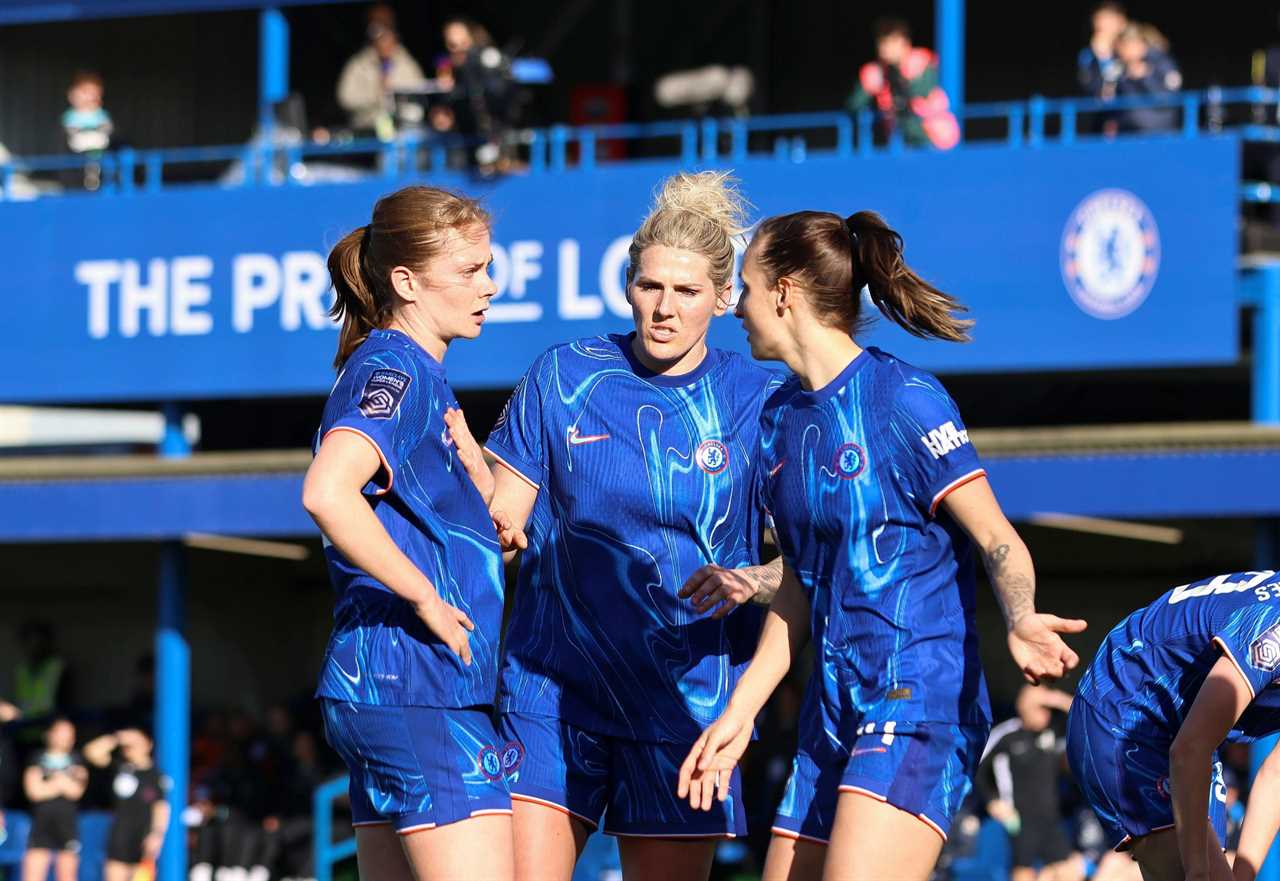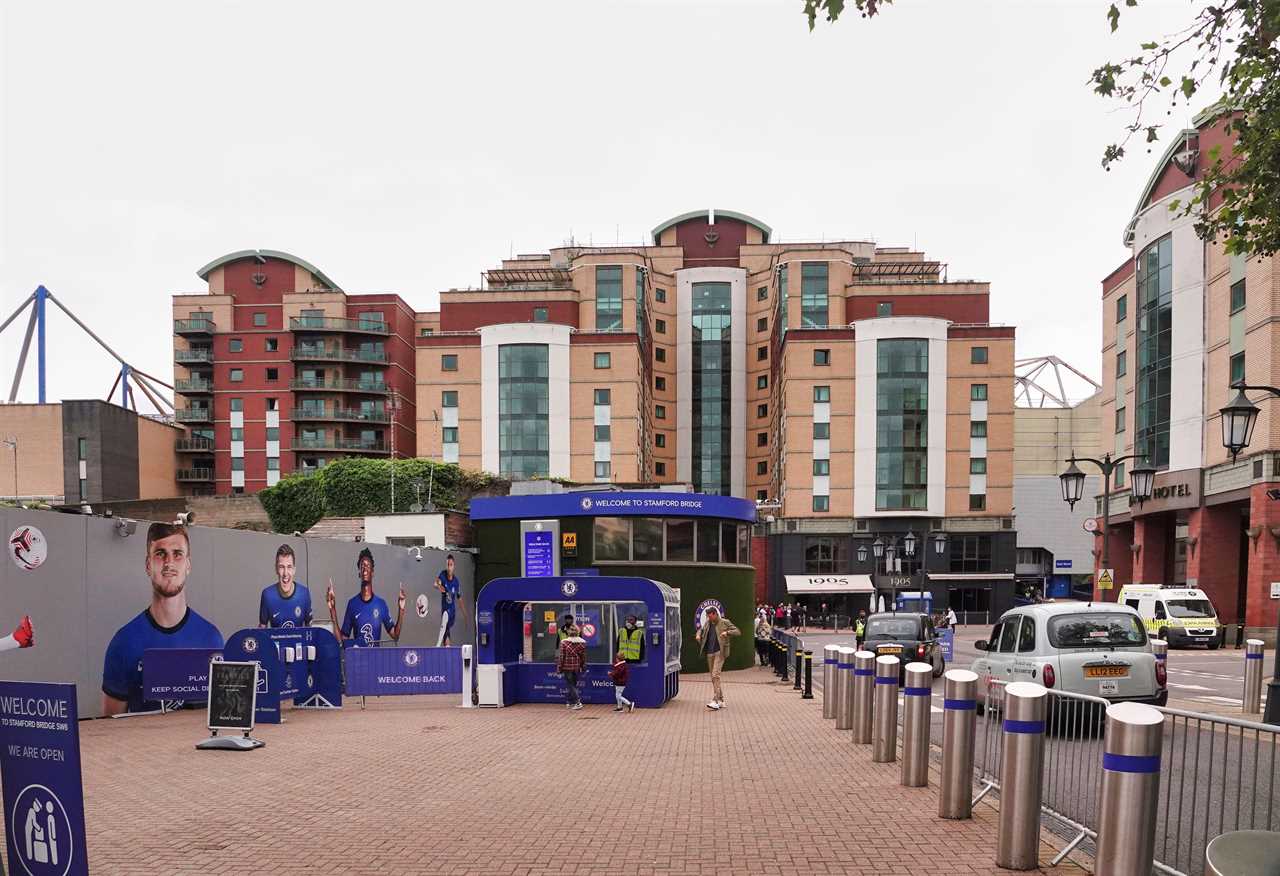
Turning the Tide: From Losses to Significant Profit
Chelsea Football Club has made headlines with a strategic financial maneuver that saw the club report a pre-tax profit of £128.4 million for the 12 months ending June 30, 2024. This marks a substantial recovery from the previous year’s loss of £90.1 million. While official figures are still pending full publication, the club's latest financial statements reveal a noteworthy turnaround.
Internal Transactions Raise Questions
The club achieved this impressive profit by restructuring its holdings, notably selling the women’s team back to the parent company, BlueCo, for an estimated £200 million. This move appears to have been aimed at avoiding penalties under the Premier League’s Profit Sharing Requirement (PSR). Additionally, Chelsea previously sold two of their Stamford Bridge hotels to BlueCo in a similar fashion last season, contributing to the overall financial strategy.
Cleared of PSR Breaches
In January, Premier League officials confirmed that no club had exceeded the "allowed losses" limit of £105 million over three seasons, effectively clearing Chelsea’s accounts. The club’s statement highlighted a "profit on disposal of player registrations and repositioning of Chelsea Football Club Women Ltd," alongside a substantial profit from subsidiaries amounting to £198.7 million. While the exact figures from the women’s team sale remain undisclosed, it is widely believed to constitute the bulk of the additional income.
Extensive Player Investments
Since the takeover in 2022, which followed Roman Abramovich being compelled to sell his shares, Chelsea has invested over £1 billion in player acquisitions. Last season alone saw expenditures exceeding £400 million on new signings such as Moises Caicedo, Nicolas Jackson, Cole Palmer, Christopher Nkunku, and Romeo Lavia. Although these outlays are spread over five years, resulting in an annual accounting charge of £80 million, they underscore the club’s aggressive approach to building a competitive squad.

Player Sales Offset Some Costs
Chelsea has managed to mitigate some of these hefty investments through player sales, generating nearly £240 million. Notable transactions include Arsenal's £65 million purchase of Kai Havertz from Chelsea’s ranks. The club has reported a "profit on disposal of player registrations" totaling £152.5 million, indicating a balanced approach between incoming and outgoing player movements.
Revenue Challenges Amidst High Spending
Despite these financial activities, Chelsea’s revenues have experienced a decline, dropping by £44 million to £468.5 million. This downturn is primarily attributed to the men’s team not participating in the Champions League, a prestigious competition that significantly boosts club income. The absence from this tournament has clearly impacted the club’s financial performance.
Fan Discontent Grows
The recent financial strategies have not sat well with Chelsea’s supporters. Reactions on social media and fan forums reveal a growing sense of frustration and concern. One fan commented, “It’s a hedge fund with shin pads,” expressing doubts about the club’s sustainability. Another added, “This is not sustainable,” highlighting fears about long-term financial stability. Further remarks included predictions that the club might continue selling its assets to maintain financial records, with one fan remarking, “Next year we’re selling ourselves the lawnmower for £90m,” and another suggesting, “Going to run out of stuff to sell themselves soon.
Looking Ahead: What’s Next for Chelsea?
Chelsea’s financial maneuvers have undoubtedly kept the club within Premier League regulations, but they have also sparked a debate about the future direction of the club. With substantial investments in players and strategic asset sales, the balance between building a world-class team and maintaining financial health remains delicate. As fans watch closely, the coming seasons will reveal whether Chelsea’s approach will yield the desired on-field success and financial stability.

Conclusion
Chelsea’s latest financial strategies highlight the complexities faced by top-tier football clubs in today’s competitive environment. Balancing large-scale player investments with regulatory compliance and maintaining fan support is no small feat. As the club navigates these challenges, the eyes of supporters and the football world remain keenly focused on what lies ahead for this storied London institution.
Frequently Asked Questions
What type of gloves for goalkeepers provides the best grip?
Gloves with latex palms offer the best grip in a variety of playing conditions. The latex palm thickness and density are adjustable to balance gripping power and durability. Gloves featuring finger protection systems such as spines, stiffening or other materials can help to prevent hyperextension injuries. To allow goalkeepers to perform to their full potential, gloves need to be comfortable and well-fitted.
How can I make sure my football boots are the right size?
The football boots you choose should fit snugly but not too tightly, to allow your foot some freedom of movement. It is important to leave a small space between the toes on the boot's front and your thumb to avoid the toes being squeezed in during running or kicking. The width of the foot is also important. Choose a boot with a wide or narrow fit. For the best fit, try on boots while wearing football socks.
How do I choose football boots according to my playing surface?
Choosing the right football boot depends on the surface that you'll play on. If you're playing on natural grass, metal studs cleats will be best for you. Boots with a flat sole or boots with many small rubber studs are ideal for artificial turf. They offer better grip, and can reduce injury risk. Indoor courts (IN) require non-marking rubber soles to ensure adequate movement and prevent damage to the surface.
When playing football, should I wear compression gear?
Compression gear can be helpful for footballers. It may help to increase blood circulation and reduce muscle fatigue. It's also thought that the tight fitting material helps stabilize the muscles. However, the choice to wear compression gear is personal, and comfort should be the primary consideration when selecting such equipment.
What are the essential pieces of equipment needed for playing football?
Basic football equipment includes a shirt or jersey, shorts and socks, shinguards, and football boots or cleats. Goalkeepers need additional gear like padded clothing and specialized gloves to protect them while diving and jumping. To maintain safety and to comply with rules, it's important that players wear the right clothing.
Statistics
- Over 90% of professional football players wear boots with synthetic uppers for better performance and durability.
- A survey found that nearly 80% of football players believe that high-quality football socks are essential for optimal performance.
- Globally, the demand for lightweight football cleats has risen by about 30% in the past decade, reflecting changes in player preferences and playing styles.
- Approximately 40% of amateur football players wear boots that are not properly fitted, increasing the risk of foot injuries.
- Goalkeeper gloves with advanced grip technology have been adopted by 85% of professional goalkeepers in top leagues around the world.
External Links
How To
How to Ensure you're purchasing quality shin guards
It is wise to purchase quality shinguards for your children's safety. Search for guards with a solid layer of protection made from polypropylene or carbon fiber. They should be comfortable and fit securely without restricting movement. Size of the shinguard is also very important. It should cover an area that extends from just below the ankle to just above it. Some shin guards come with ankle protections for additional safety, which are highly recommended for younger players or those who play in more physical leagues.
Did you miss our previous article...
https://sportingexcitement.com/premier-league/exarsenal-star-kristoffer-olsson-ends-contract-amid-health-battle
 CricketBoxingFormula 1GolfHorse RacingPremier LeagueTennisPrivacy PolicyTerms And Conditions
CricketBoxingFormula 1GolfHorse RacingPremier LeagueTennisPrivacy PolicyTerms And Conditions
